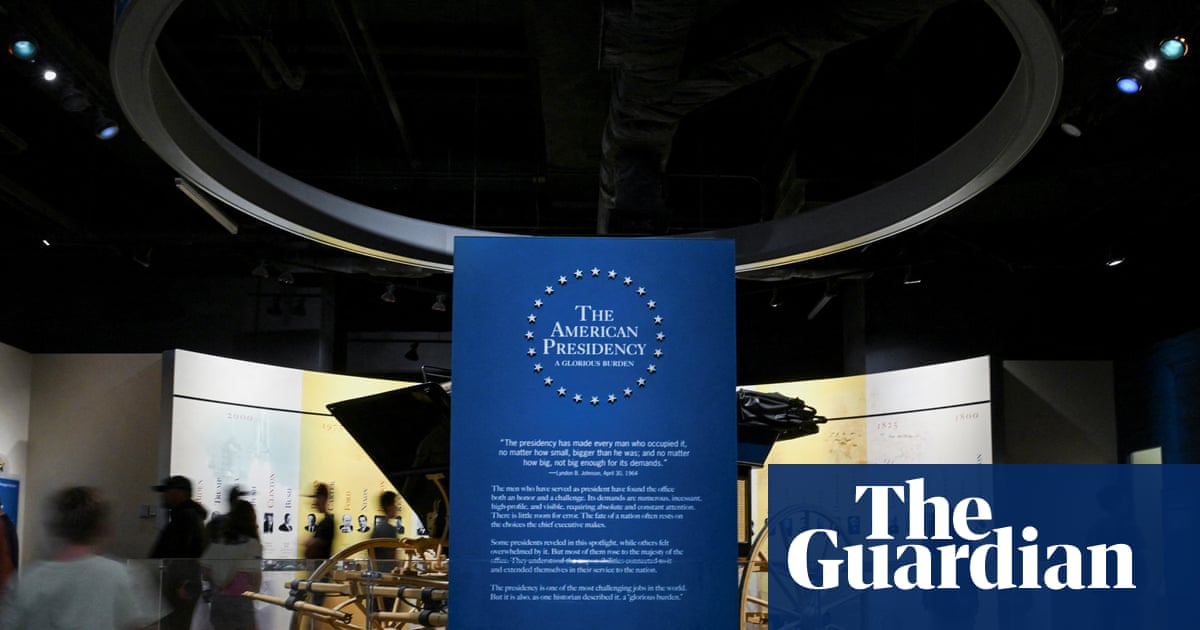Thu, Aug 21, 2025, 10:58 AM 5 min read
WASHINGTON (AP) — President Donald Trump this week called on a Federal Reserve governor to resign over an accusation of mortgage fraud, the latest effort by his administration to exert greater control over one of the few remaining independent agencies in Washington.
Federal Reserve governor Lisa Cook says she won't leave her post.
Trump has repeatedly attacked the Fed’s chair, Jerome Powell, for not cutting its short-term interest rate, and even threatened to fire him. Powell, who will speak Friday at an economic symposium in Jackson Hole, Wyoming, says the Fed wants to see how the economy responds to Trump’s sweeping tariffs on imports, which Powell says could push up inflation.
Powell's caution has infuriated Trump, who has demanded the Fed cut borrowing costs to spur the economy and reduce the interest rates the federal government pays on its debt. Trump has also accused Powell of mismanaging the U.S. central bank’s $2.5 billion building renovation project.
Firing the Fed chair or forcing out a governor would threaten the Fed’s venerated independence, which has long been supported by most economists and Wall Street investors. Here's what to know about the Fed:
Why the Fed's independence matters
The Fed wields extensive power over the U.S. economy. By cutting the short-term interest rate it controls — which it typically does when the economy falters — the Fed can make borrowing cheaper and encourage more spending, accelerating growth and hiring. When it raises the rate — which it does to cool the economy and combat inflation — it can weaken the economy and cause job losses.
Economists have long preferred independent central banks because they can more easily take unpopular steps to fight inflation, such as raise interest rates, which makes borrowing to buy a home, car, or appliance more expensive.
The importance of an independent Fed was cemented for most economists after the extended inflation spike of the 1970s and early 1980s. Former Fed Chair Arthur Burns has been widely blamed for allowing the painful inflation of that era to accelerate by succumbing to pressure from President Richard Nixon to keep rates low heading into the 1972 election. Nixon feared higher rates would cost him the election, which he won in a landslide.
Paul Volcker was eventually appointed chair of the Fed in 1979 by President Jimmy Carter, and he pushed the Fed's short-term rate to the stunningly high level of nearly 20%. (It is currently 4.3%). The eye-popping rates triggered a sharp recession, pushed unemployment to nearly 11%, and spurred widespread protests.

 German (DE)
German (DE)  English (US)
English (US)  Spanish (ES)
Spanish (ES)  French (FR)
French (FR)  Hindi (IN)
Hindi (IN)  Italian (IT)
Italian (IT)  Russian (RU)
Russian (RU) 























Comments